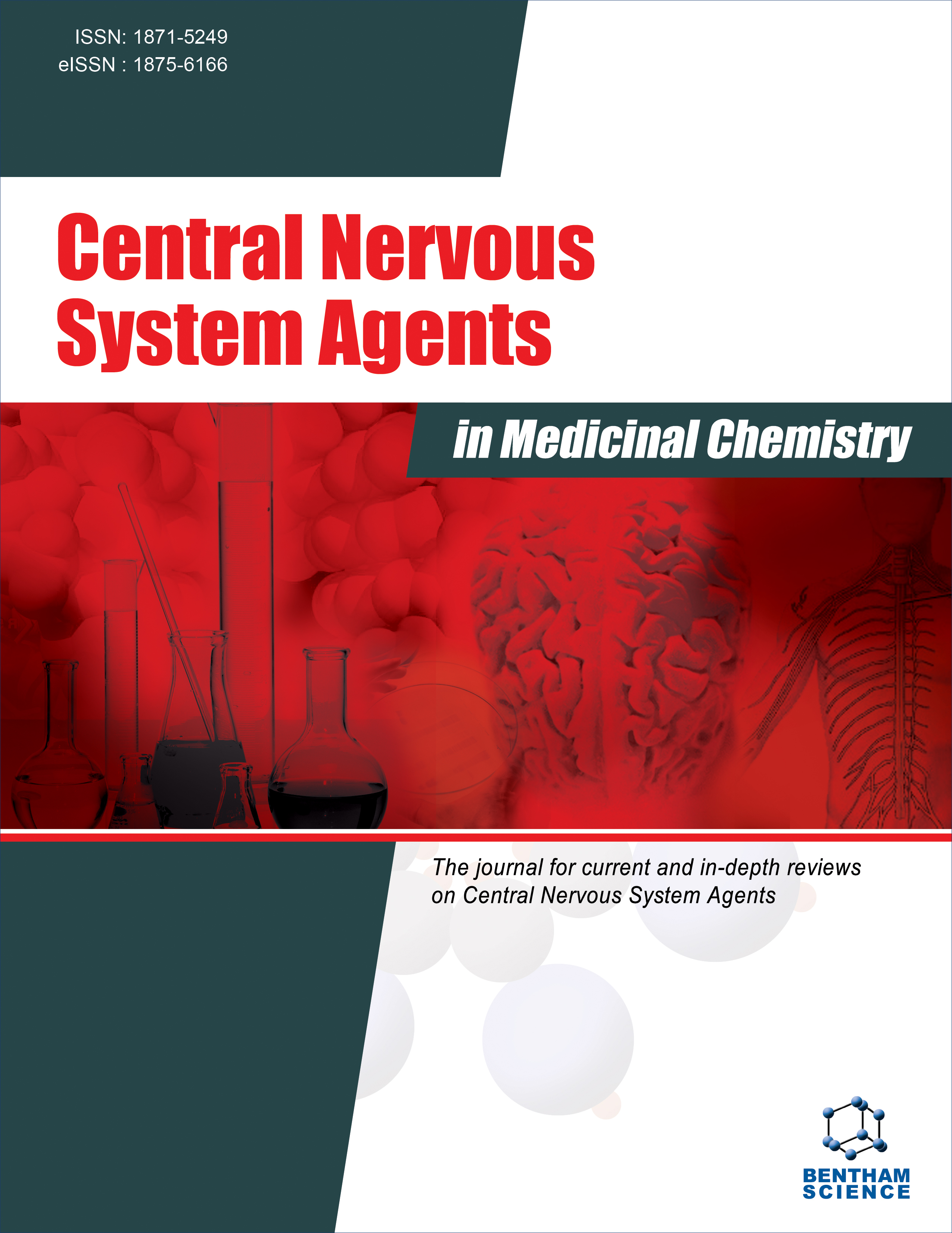
Full text loading...
We use cookies to track usage and preferences.I Understand

The pharmacophoric approach relies on the theory of possessing ubiquitous chemical functionalities, and carrying a uniform spatial conformation that provides a route to enhanced potency on the same target receptor. JNK3, also known as c-Jun N-terminal kinase 3, is a protein kinase that plays a crucial role in various cellular processes, particularly in the central nervous system (CNS). In this study, a kernel-based partial least square (KPLS)-based Two-dimensional Quantitative structural activity relationship (2D QSAR) model to predict pharmacophores responsible for c-Jun-N-terminal kinase 3 (JNK3) inhibition.
A library of small molecule JNK3 inhibitors was created from the literature, and a predictive model was built using Canvas 2.6.
The analysis revealed key structural determinants of activity. Compounds with high pIC50 values (>6) showed numerous favorable contributions, particularly secondary benzamide nitrogen and methylene groups. Steric effects were more influential than inductive effects, with bulkier groups like t-butyl reducing activity. Positive contributions were observed with OH, O-CH3, and -F substituents, while unfavorable effects were linked to tertiary nitrogen, methyl, and primary amino groups. Substituted sulphonamides and benzotriazole moieties enhanced activity unless modified with amino or carbonyl groups. Favorable contributions were noted for terminal heterocyclic rings like pyrimidinyl acetonitrile, whereas phenyl substitutions and certain piperazine configurations were detrimental. Hydrogen in the urea moiety and avoiding bulky substitutions were crucial for activity. These insights guide the design of potent JNK3 inhibitors.
The present study highlights the significant impact of substituents on molecular activity, with steric effects, particularly on the phenyl ring, playing a dominant role. Favorable contributions are linked to substitutions like hydroxyl, methoxy, and fluorine, while bulky and meta substitutions reduce activity. Functional groups like unsubstituted sulfonamide or free hydrogen in urea are crucial for activity. Insights into steric, electronic, and positional factors, combined with analysis of JNK3 inhibitors, will guide the design of more selective molecules.

Article metrics loading...

Full text loading...
References


Data & Media loading...